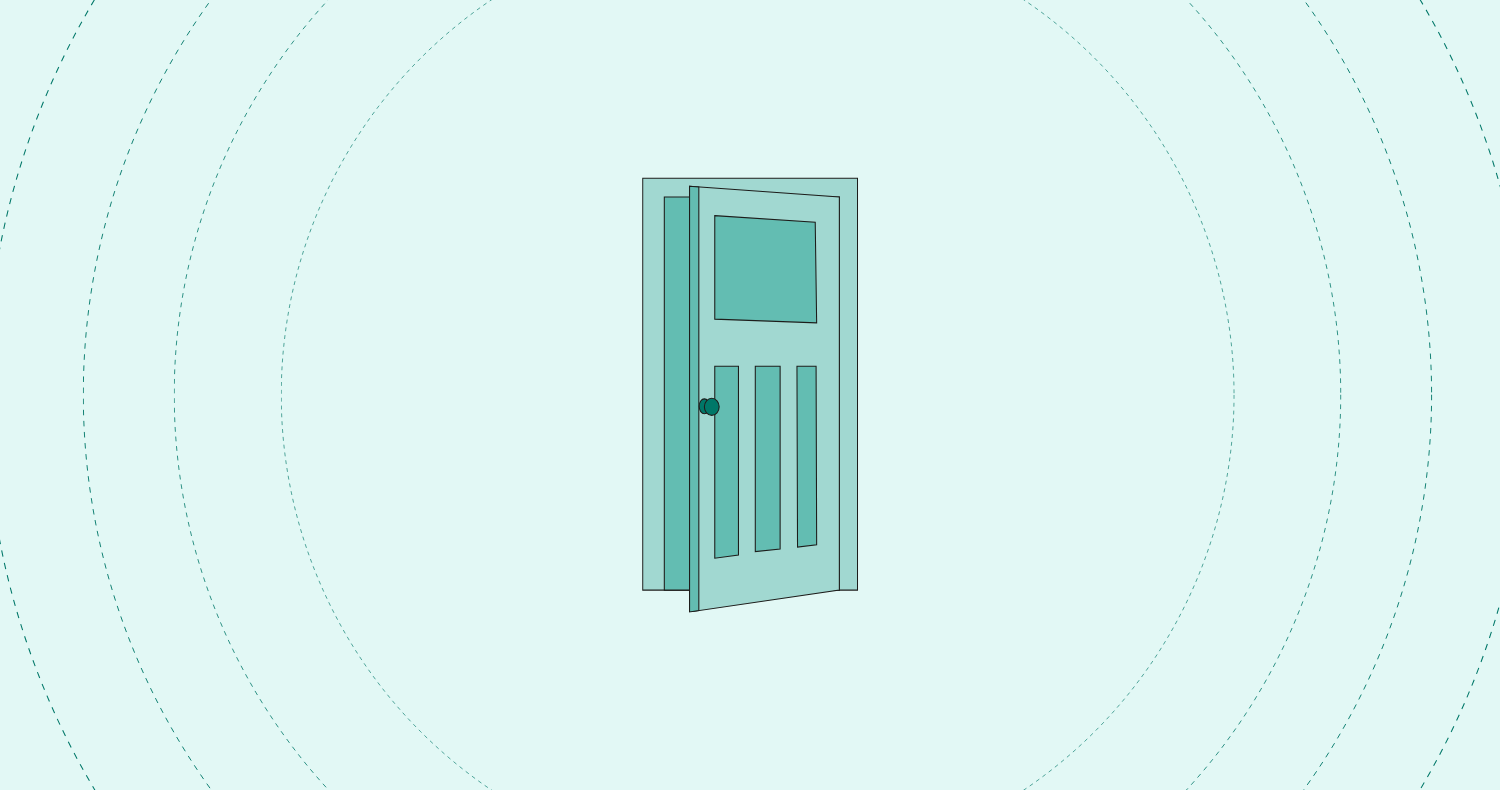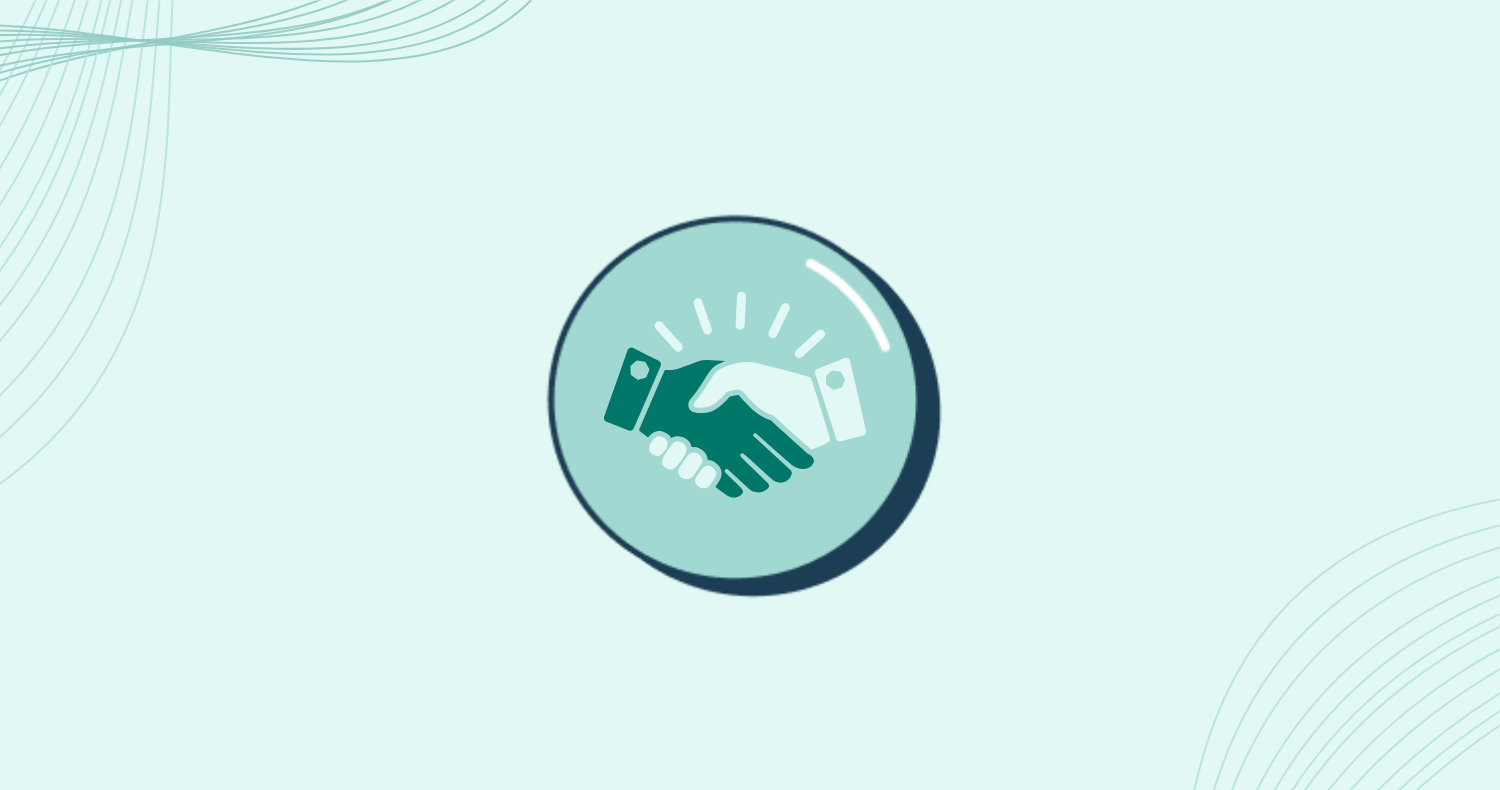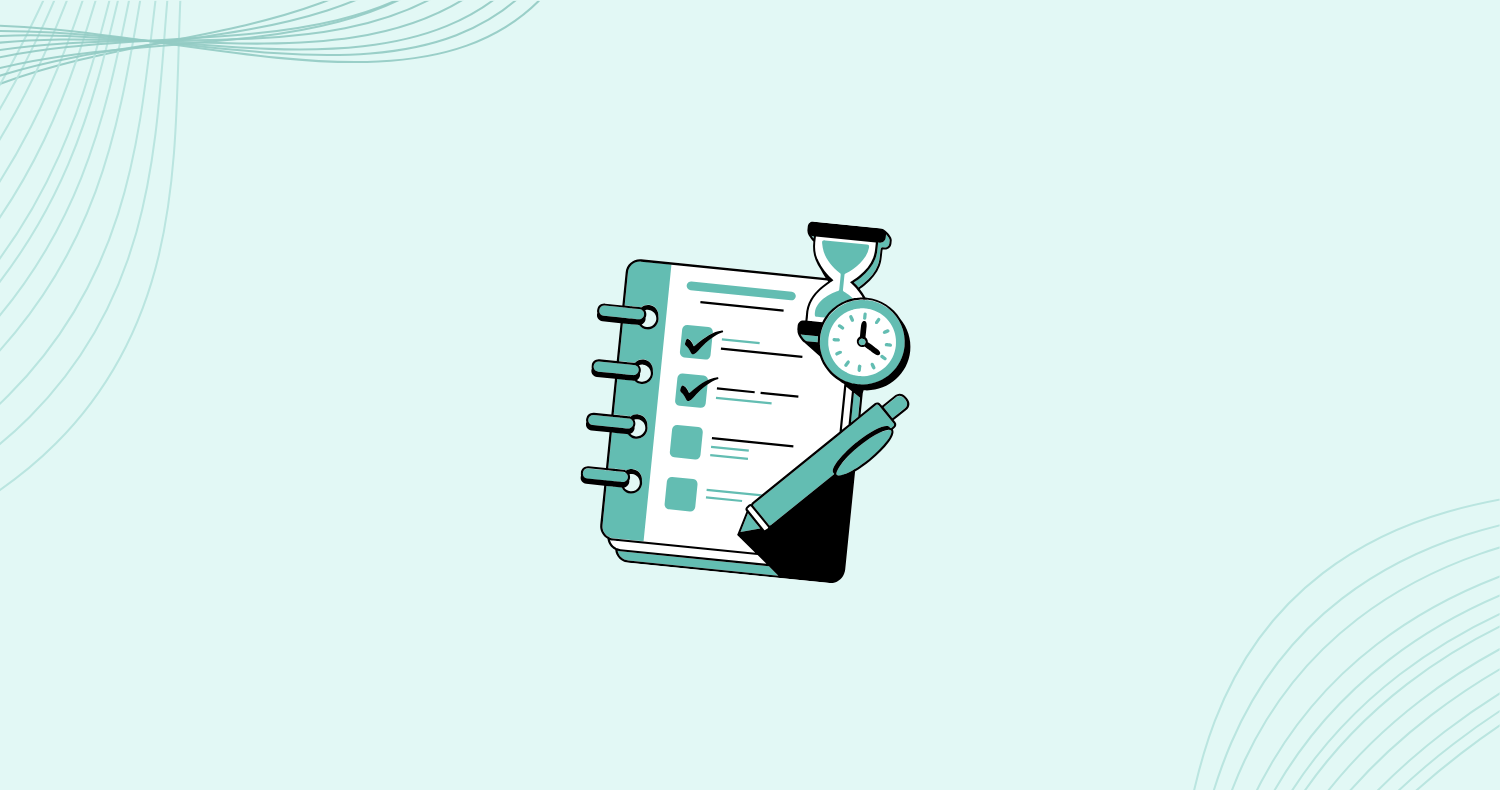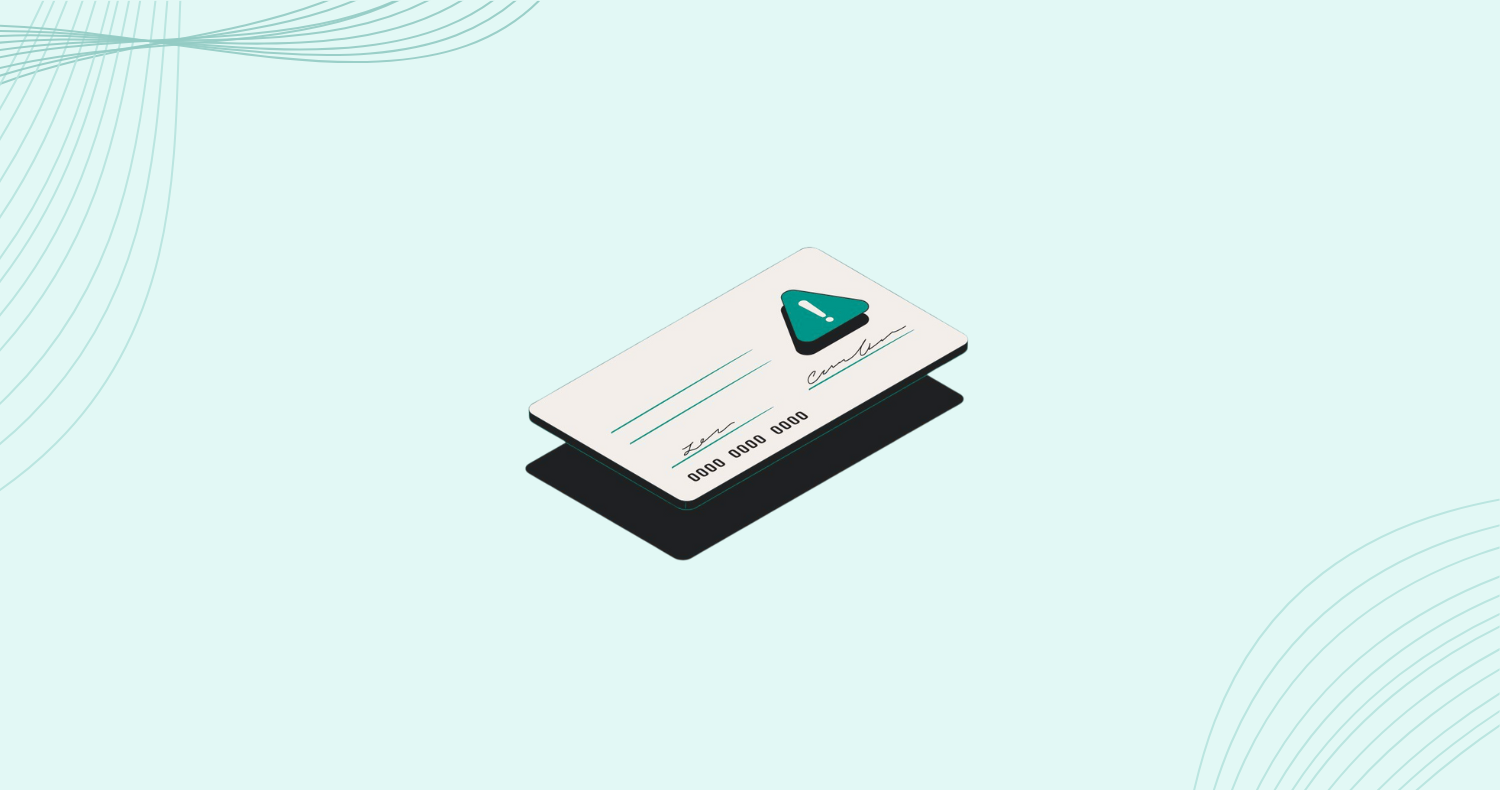Here's Why Your Payment Platform Should Be Part of Your Security Stack

Security Should’ve Never Been Just an IT Problem
Today, malicious actors are after what keeps any business running: money.
According to the FBI’s 2024 Internet Crime Report, business email compromise (BEC) scams alone caused over $3.3 billion in reported losses last year. Many of those incidents started with something as simple as a spoofed invoice or a fraudulent payment request.
For MSPs and IT service providers, this isn’t simply a client concern. Your internal accounting workflows and customer billing systems are part of your attack surface. That means your payment platform shouldn't be a siloed finance tool. It needs to be a critical piece of your security stack.
The Hidden Security Gap in Traditional Payment Processes
Many MSPs still rely on disconnected systems: emailed invoices, manual approvals, shared logins to bank portals.
We get it – it’s all a familiar process. But it’s also a major security blind spot. Attackers exploit weak points like:
- Email spoofing, where a fraudulent email with an “invoice” attached looks nearly identical to the real thing
- Check theft or alteration during mailing
- Fake ACH change requests sent from lookalike domains
Each of these attacks bypasses traditional network defenses. Once funds are sent, they’re rarely recovered. The problem isn’t one bad actor, either. It’s the lack of system-level protection built into outdated payment workflows.
How Payment Automation Strengthens Security
Built-in Identity Controls
Modern payment automation platforms start with identity and access management. Role-based permissions and multi-factor authentication prevent unauthorized payments, even if credentials are stolen.
Recent MFA fatigue and push notification attacks (like those that targeted Okta and Microsoft) show why authentication must evolve. Adaptive MFA, session controls, and activity-based triggers help block unusual behavior before it turns into fraud.
Encrypted and Auditable Transactions
Encryption keeps sensitive data safe in transit and at rest. For example, AES-256 and TLS ensure that vendor banking info, client card data, and internal financial records stay protected, even if systems are compromised.
Every action, from invoice creation to payment approval, is logged with timestamps and user records. That means no more blind spots or “who approved this?” moments. When something looks off, you can see exactly when and how it happened.
Trusted Client Payment Portals and Automated Communication
Email is still the most common entry point for financial fraud. Attackers mimic legitimate invoices or use spoofed domains to trick clients into sending payments to the wrong place.
A secure, branded client portal eliminates that vulnerability by moving payment interactions into a controlled, verified environment. Clients log in to a trusted domain to view invoices, pay via ACH or card, or even access financing options.
Automation reinforces that security layer. Instead of manually chasing payments or sending PDFs, the system automatically:
- Sends clients secure links (never payment details)
- Notifies them when payments are due or received
- Updates accounting systems instantly
Even commonly overlooked processes, like onboarding new clients, can be automated securely and compliantly. Secure client onboarding forms are a prime example. This self-serve functionality captures business and payment data from clients in a seamless, secure experience. See it in action, below.
These built-in workflows don’t simply save time. They reduce human error, close off common fraud entry points, and create a consistent, professional client experience that strengthens your brand and trust.
Payment Workflows Are the New Security Perimeter
The old security model focused on defending the network edge. But in 2025, the perimeter is wherever data moves. And news flash: payment data moves everywhere.
Every time a client shares banking info, that exchange is a potential attack vector.
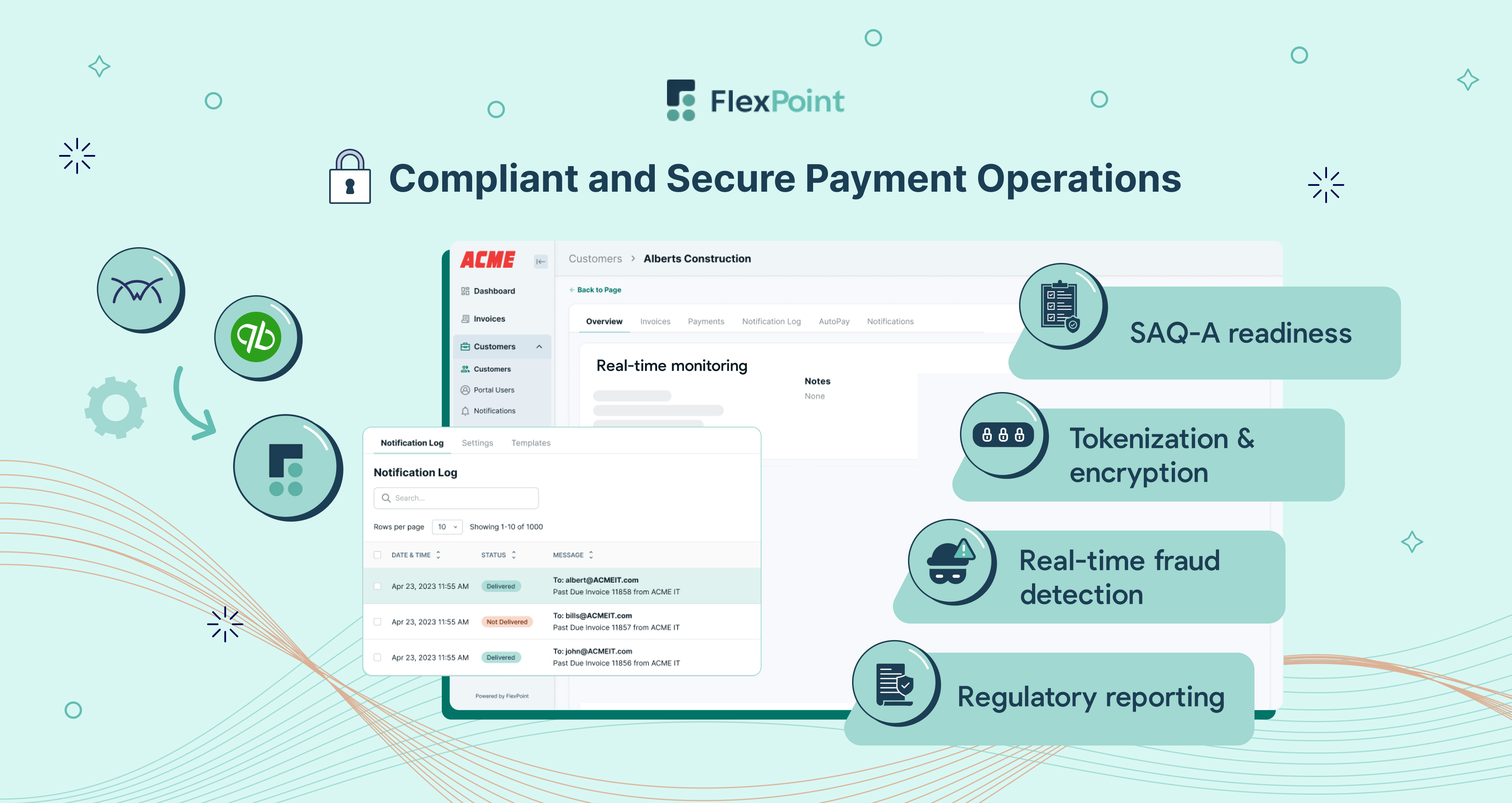
A modern payment platform acts as a secure perimeter for your financial operations. Some, like FlexPoint, offer real-time fraud detection, tokenization and encryption, all alongside compliance readiness.
By connecting AR and accounting systems in a single, controlled environment, you prevent “shadow finance”. Think of it as those unsanctioned, one-off payment workarounds that happen over email or Microsoft Teams.
Modern Payment Security in Action
In the real world, payment security shines (or fails) in how easily clients can pay and how well you avoid fraud. Below are two MSP stories that offer a glimpse of how modern platforms shift the game.
Client Example #1: Deposits Without Risky Email Invoices
One MSP was onboarding a new client for a large project and needed a deposit before work began. Traditionally, they’d send a PDF invoice to the client’s email and wait. This leaves room for spoofing, email interception, or late payments.
Instead, using a secure payment automation platform, the MSP dropped a payment link into their proposal message. The client clicked, logged into the trusted portal, and paid via credit card. The payment was recorded automatically, synced to accounting, and the deposit locked in. No sensitive banking data went through email.
Had the MSP attempted the same via email, like attaching vendor bank routing instructions or routing a PDF invoice, they’d increase the risk of a fraudulent actor intercepting and altering that info.
Client Example #2: One-Off Charges During On-Site Visits
Another MSP handles break-fix or emergency work that’s often out of scope. A client calls, authorizes extra parts or labor, and pays on the spot. In the past, the client would have to wait for an invoice from accounting, creating delays and friction.
With a virtual terminal capability, the MSP can generate a secure payment link during the conversation, drop it in chat or email, and let the client pay immediately via the trusted portal. That small, often ad hoc transaction becomes seamless, safe, and auditable.
These aren’t outliers. The 2024 AFP Payments Fraud and Control Survey found that 80% of organizations experienced payment fraud attempts last year. However, those using payment automation platforms saw significantly lower incident rates and faster detection times.
Automation isn’t about speed alone. It’s about turning security into something systematic, not situational.
The Future of Secure, Branded Financial Experiences
MSPs are also shifting toward complete white-label client experiences. That means offering clients the ability to pay securely through portals that look and feel like their own environment.
These branded payment portals combine the client trust of a familiar interface with the backend security of a dedicated payment infrastructure. No more emailed invoices, shared credentials, or scattered approval trails. Clients now expect one secure, consistent experience.
This trend reflects where the MSP industry is heading: toward MSP 3.0.
Looking beyond the buzzword, it essentially describes mature, process-driven operations where technology, finance, and security work as one. Fast payments and strong security are no longer tradeoffs. They’re table stakes.
Security and Finance Go Hand in Hand
Every payment process is a potential attack vector. Or a security control. It depends on how it’s designed.
A modern payment platform helps MSPs tighten financial workflows, reduce human risk, and give clients confidence that every transaction happens in a safe, transparent system.
It’s time to start thinking of your payment platform as part of your security infrastructure, not just your finance stack.
Because when your payments are secure, your entire business is stronger. Want to see a secure payment platform in action? Watch an on-demand demo now.


